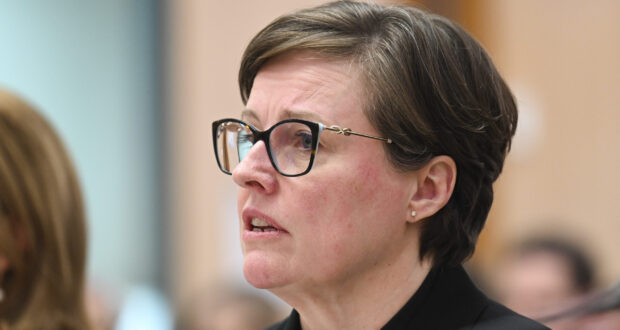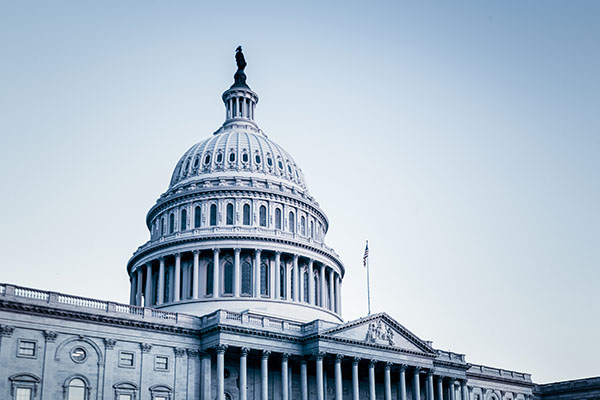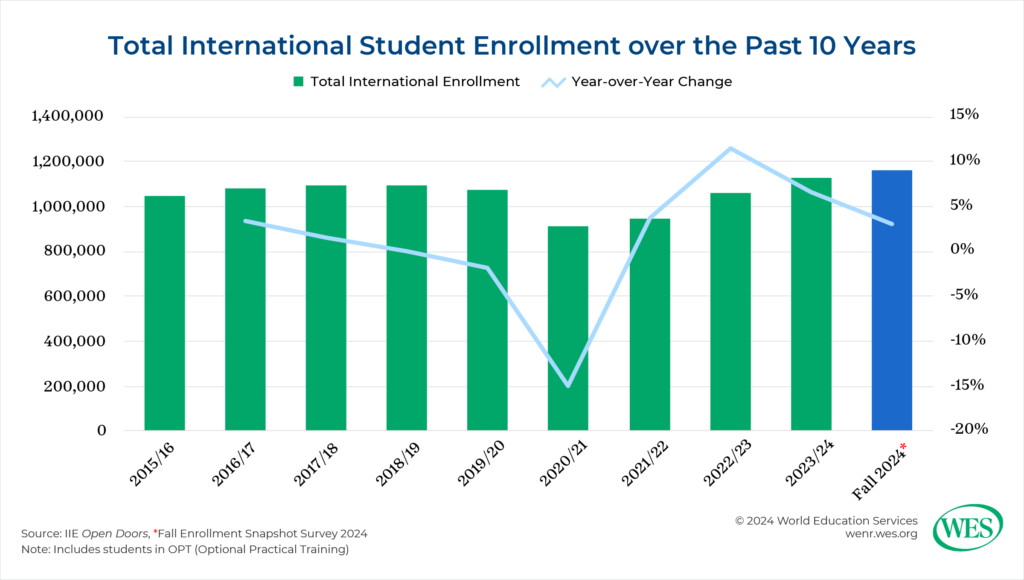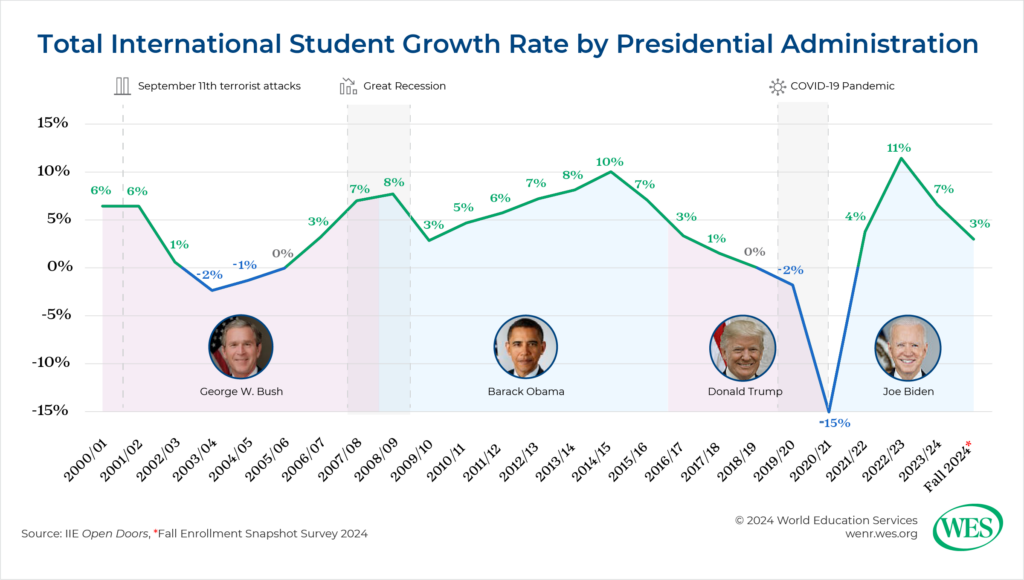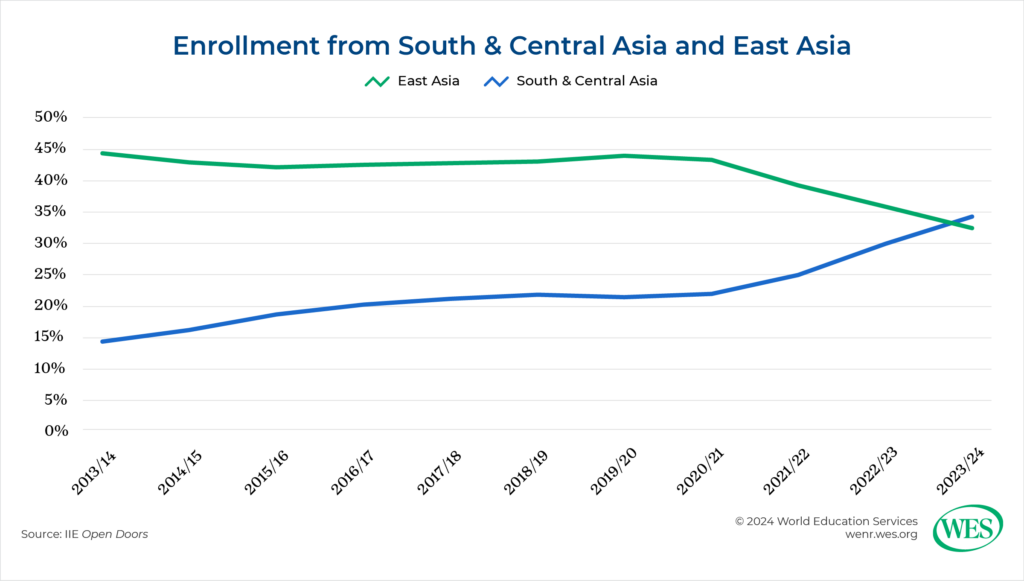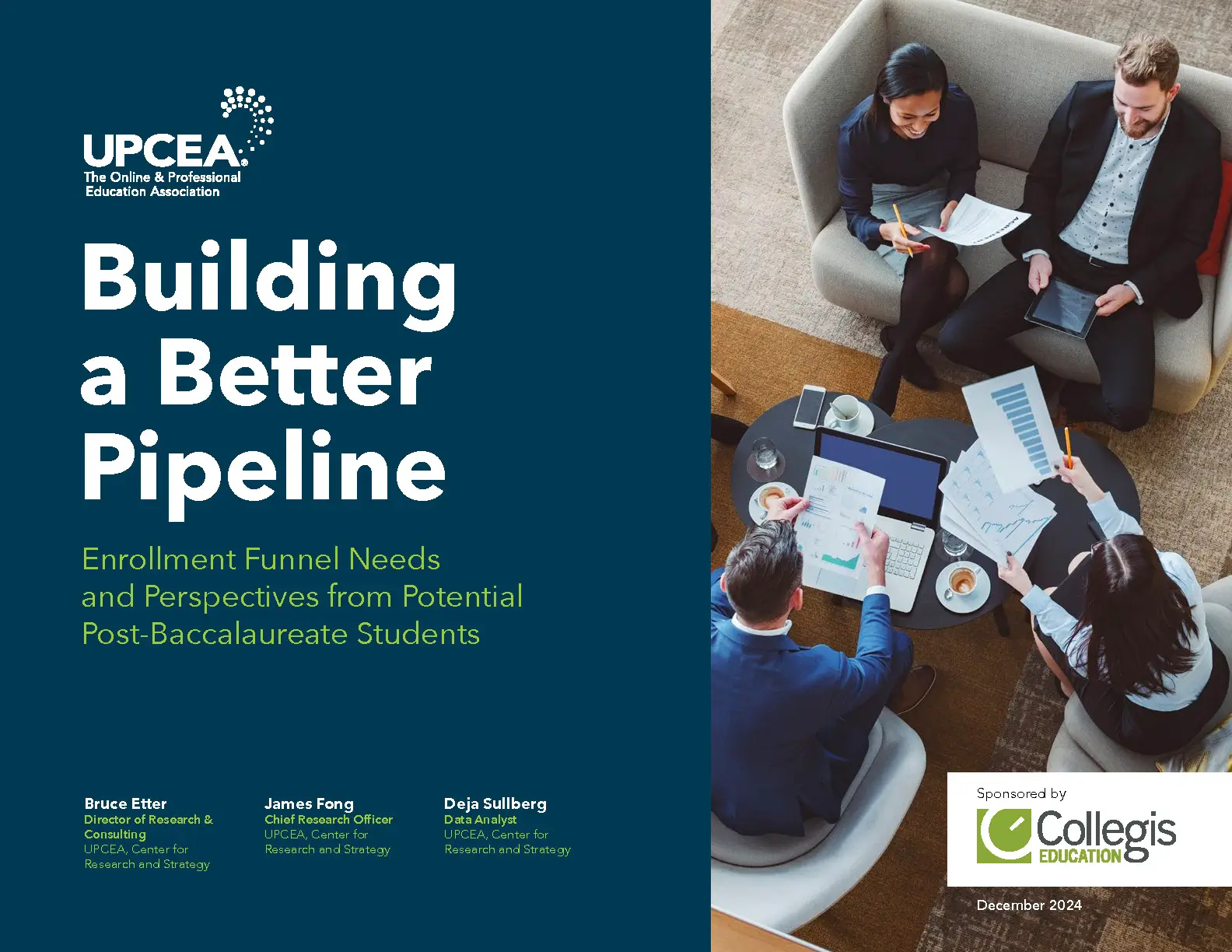Search engine optimization (SEO) is essential for improving your school’s online visibility, ensuring that when local families search for educational options, your school is among the first they see. SEO helps your website rank higher in search engine results, making prospective parents more likely to find you before other schools in your area. SEO gives your school a competitive edge in reaching families who are actively seeking information on local educational options.
Knowing the value of SEO, most people ask how to do SEO for a school? To begin implementing SEO, schools can focus on three primary areas: On-page SEO, technical SEO, and Local SEO. In this blog, we’re focussing on local SEO.
An optimized online presence is crucial for K-12 schools to attract and engage prospective families within their local communities. By focusing on Local SEO, schools can increase their visibility in search engine results, connect with families nearby, and build trust as a leading choice for local education. With our 15 years of experience driving results for schools like yours, we know the unique challenges K-12 schools face in reaching prospective parents and students. This guide will walk you through the essential strategies to enhance your school’s local SEO, even if you’re new to search engine optimization.
Understanding Local SEO for K-12 School Websites and Why It Matters
Local SEO optimizes your school’s website and online presence to rank higher in local search results. This optimization specifically targets potential families searching for schools in your area, making it an essential component for K-12 schools looking to expand their visibility.
When someone searches “best private school near me” or “elementary school in [City],” the results that appear are influenced by local SEO practices. Google and other search engines analyze local relevance factors such as your school’s address, the presence of local keywords, online reviews, and overall domain authority to decide which websites to show at the top. Mastering local SEO for K-12 school websites can make a difference in being found online by families in your community.
Are you trying to implement effective digital advertising for parents of students? Reach out to learn more about our digital marketing services.
Claiming and Optimizing Your Google My Business Profile
What is the most effective strategy for local SEO? One of the most powerful steps you can take when marketing to K-12 students’ families in your area is to claim and optimize your Google My Business (GMB) profile. This profile is essential for local SEO because it provides search engines and families with critical information about your school, such as its location, contact information, and operating hours.
Begin by verifying your school’s GMB profile. When editing the profile, ensure all details are accurate, including the school’s name, address, phone number, website URL, and a brief description of the school’s values and offerings. Google also allows you to add photos, which can be a fantastic way to showcase your school’s facilities, activities, and unique educational experiences. Families browsing through profiles will be drawn to authentic visuals, which can help them feel connected to your school before they even step foot on campus.
Adding relevant categories (e.g., “Elementary School” or “Private School”) and attributes to your GMB profile increases your chances of appearing in local searches specific to your school type. Regularly update your GMB profile with fresh photos, events, and posts, as Google favors active profiles, enhancing your school’s local SEO ranking.
Example: This is how Google presents your institution to searchers when you create and optimize your Google My Business account. Your GMB profile provides critical information about your institution in an easy-to-consume layout.
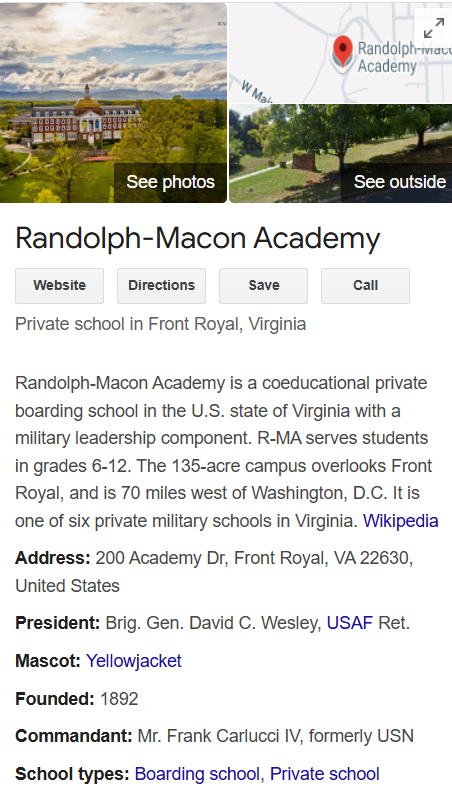

Source: Randolph-Macon Academy | Google
Optimizing Your Website for Location-Based Keywords
Your website’s content should reflect keywords families might use when searching for schools in your area. Instead of generic phrases like “top K-12 school,” incorporate keywords that feature your location, such as “top K-12 school in [City]” or “private high school in [Suburb].” These location-based keywords help search engines understand that your school serves families in a specific area, increasing your chances of appearing in relevant searches.
Consider adding a dedicated “Location” or “About Our Community” page that details your school’s surrounding area, landmarks, or neighborhoods. This page could highlight the community values and amenities available, reinforcing that your school is embedded within the local community. Mentioning nearby cities, neighborhoods, or districts can also strengthen your local SEO, especially for families who want their children to be educated within specific geographic boundaries.
Each page of your website should also include the school’s full name, address, and phone number (often referred to as NAP – Name, Address, Phone Number) in a consistent format. Placing your NAP details in the footer ensures they appear across the entire site, building user trust and Google’s confidence in your school’s legitimacy and location.
Example: WillowWood School’s metadata uses the title WillowWood School | K-12 Private School | Toronto. In your metadata, include your school’s city to rank for location-based searches.


Source: WillowWood School
Creating High-Quality, Locally Relevant Content
Content marketing is an excellent way to boost your school’s visibility in search results. Develop blog posts, articles, and resource pages that speak to local concerns, events, and topics families in your area care about. Writing blog posts on subjects like “Why Choose a Private School in [City]” or “The Benefits of Small Class Sizes in [Neighborhood] Schools” can help attract local searches and establish your school as a knowledgeable voice within the community.
Another powerful content idea is to publish posts about school events, open houses, and seasonal programs like summer camps. These posts can generate interest from families looking for activities within your area, leading to higher engagement on social media platforms.
Local content can also come as testimonials and success stories from parents and students within the community. Encourage current families to share their experiences and post their stories on your blog or testimonials page. Positive testimonials boost your school’s reputation, and add keywords and phrases that resonate with other families in your area.
Example: Here, Nanjing International School shares culturally and geographically relevant content on its YouTube channel, helping it to attract prospects. When creating content, particularly visual, highlight your school’s location and discuss any advantages it offers students.


Source: Nanjing International School | YouTube
Encouraging Positive Online Reviews
Online reviews play an important role in local SEO, particularly for schools. Families considering your school will likely check online reviews to gauge what other parents and students think of your programs, culture, and overall quality. Reviews posted on Google, Yelp, Facebook, and niche educational sites help build trust and credibility while boosting your local SEO ranking.
One way to encourage reviews is by setting up an easy process for parents to leave feedback. After key events like open houses, school performances, or parent-teacher meetings, follow up with an email inviting parents to share their experience on Google or other review sites. Always respond to reviews in a timely, professional manner, whether positive or negative. This responsiveness shows that your school values feedback and is engaged with its community, which search engines recognize positively.
Example: Western Heights Montessori School’s website displays several positive reviews. These personal and specific reviews highlight the school’s unique selling points. When encouraging parents to write reviews, try to prompt them toward a similar result.
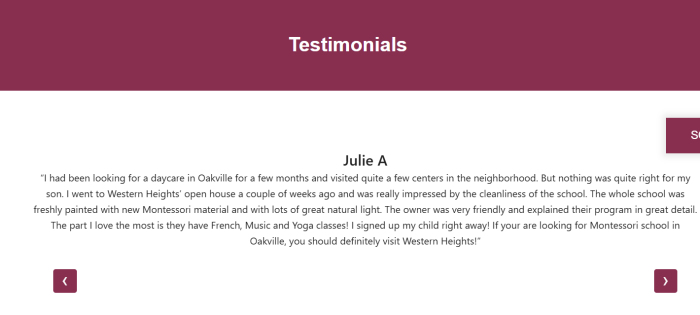

Source: Western Heights Montessori
Building Citations and Directory Listings
Citations, or mentions of your school’s name, address, and phone number on other websites, are a key component of local SEO. Citations help search engines confirm your school’s existence and location, ultimately building your website’s authority. Common places for citations include online school directories, community websites, and local educational resources.
Research reputable, relevant directories specific to education or your geographic area, and ensure your school’s information is listed accurately. Local chambers of commerce, community pages, and educational sites often provide directory listings or profiles where your school can be featured. Each additional citation strengthens your local SEO, contributing to a greater chance of appearing in local search results.
Example: This is GLCT’s listing on the International School Database. By appearing on directories like this, you’re expanding your online presence, making it easier for prospects to find your school.
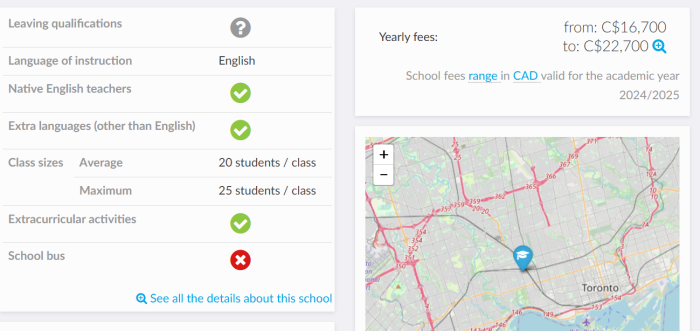

Source: Great Lakes College of Toronto | International School Database
Building Local Backlinks
Backlinks, or links from other websites to your school’s website, are essential for establishing credibility in SEO. Local backlinks are even more valuable, as they signal to Google that your school is an authority in the community. Consider contacting local organizations, libraries, businesses, or news outlets that could mention or link to your school.
For example, if your school partners with local businesses for community events, ask them to link to your website in their event descriptions. Participating in community service projects or sponsoring local events can provide backlink opportunities. Press releases about notable achievements or events at your school, published on local news sites, can generate valuable backlinks.
Implementing Schema Markup
Schema markup is a form of structured data that helps search engines understand specific information on your website. For K-12 schools, schema can highlight important details such as your school’s name, location, contact information, and even specific features like tuition or grade levels offered.
Adding schema markup helps Google better understand the context of your website, often leading to enhanced search result displays with additional information like ratings, contact details, or event dates. Schools that use schema have a competitive advantage in local search results, as this markup can make your listing stand out.
For example, implementing schema to highlight upcoming events, open house dates, or application deadlines allows families searching for local school options to identify important details quickly. Schema markup may require technical assistance, but it’s worth considering to boost your local SEO efforts further.
Tracking and Adjusting Your Local SEO Strategy
After implementing these local SEO practices, tracking your progress is essential. Use Google Analytics and Google Search Console to monitor key metrics such as organic search traffic, click-through rates, and the keywords driving traffic to your site. These insights can help you understand which strategies are working and where adjustments are needed.
Regularly updating and refreshing your website’s content, profile listings, and SEO practices is vital to staying competitive. Local SEO is an ongoing process, and search engine algorithms frequently change, so periodically revisiting and refining your strategy can ensure your school continues to attract and engage the local community effectively.
Implementing local SEO for your K-12 school’s website may initially seem complex, but by focusing on the essential practices we’ve discussed today, you’ll soon see its value. By investing in local SEO, you’re building a more robust digital foundation and positioning your school as a valuable resource in your community.
FAQs
How to do SEO for a school?
To begin implementing SEO, schools can focus on three primary areas: On-page SEO, technical SEO, and Local SEO. In this blog, we’re focussing on local SEO.
What is the most effective strategy for local SEO?
One of the most powerful steps you can take when marketing to K-12 students’ families in your area is to claim and optimize your Google My Business (GMB) profile.





